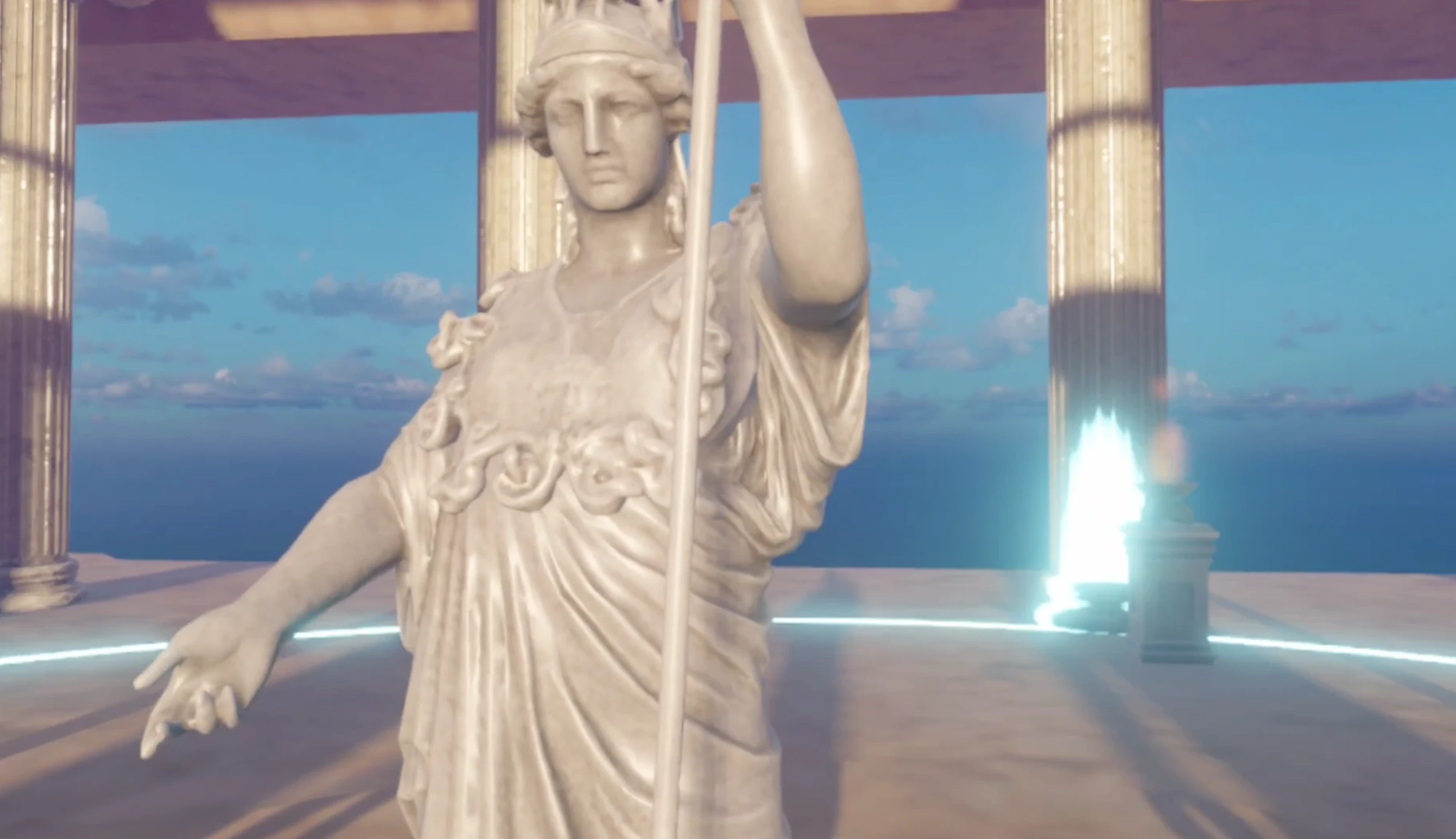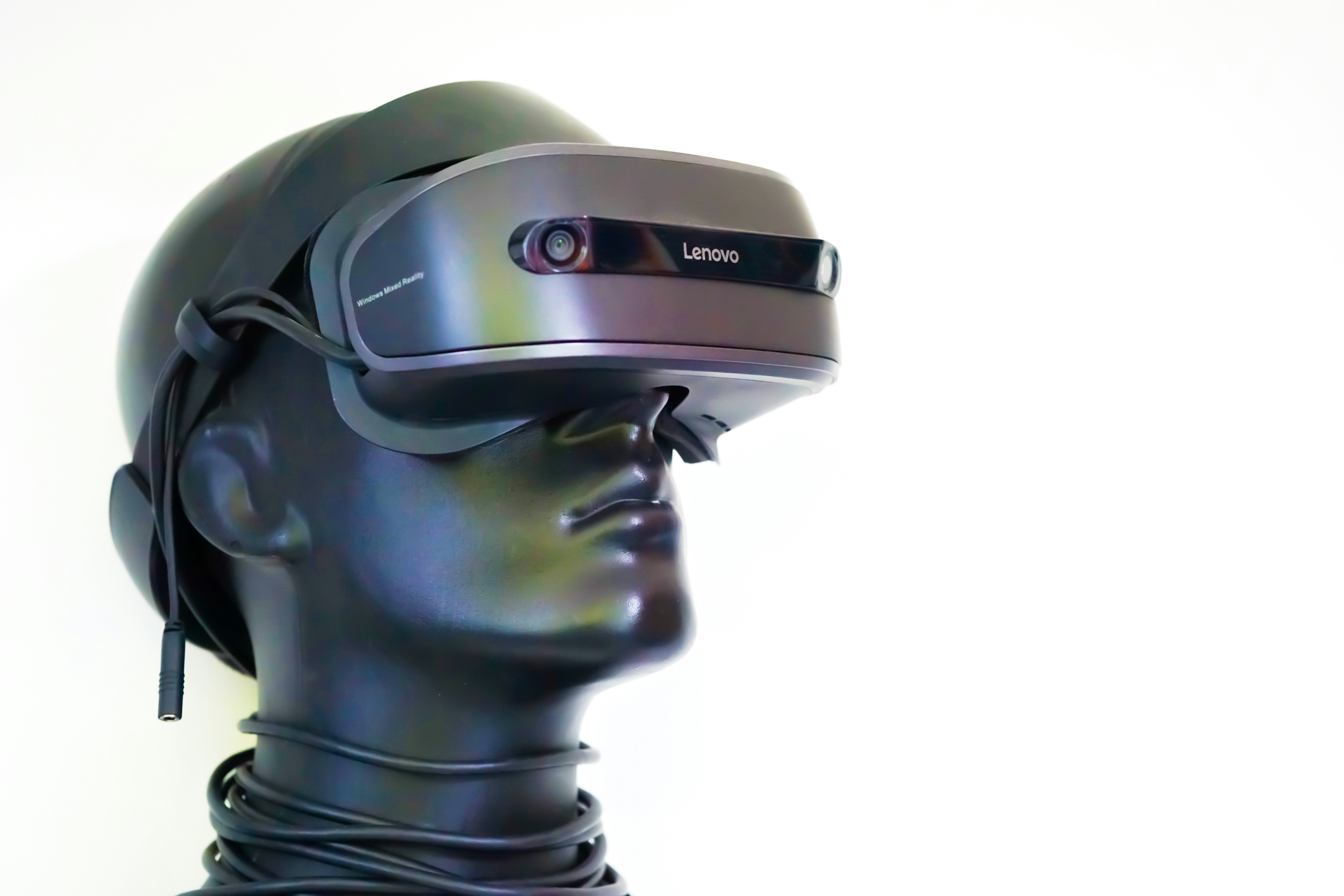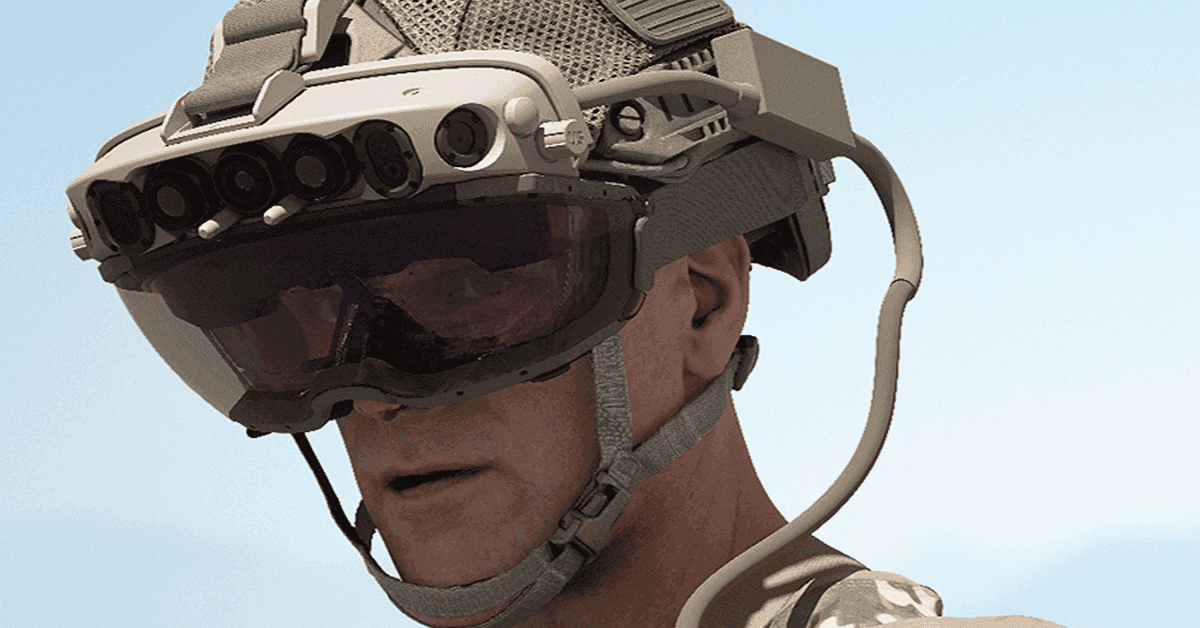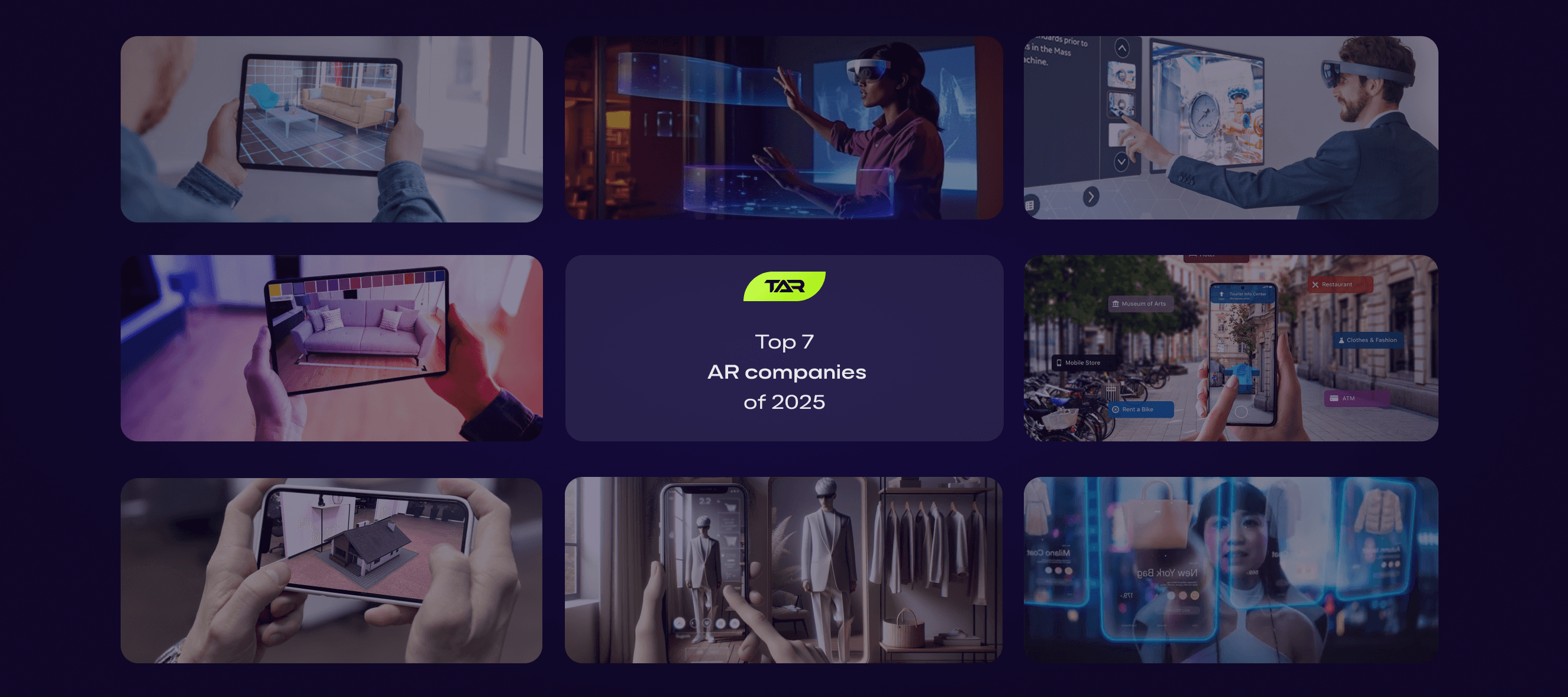Blog

Museums are increasingly adopting AR and VR to create immersive, educational experiences for visitors. These technologies enable virtual tours, interactive displays, and even historical reconstructions, making museum content more accessible and engaging. Through these tools, museums can offer unique storytelling and richer learning experiences to a diverse audience.

Table of contents
Introduction
Overview of the growing integration of AR and VR technologies in museum settings to enhance visitor engagement.
Virtual Tours and Remote Access
Discussion on how VR enables virtual museum tours, allowing global audiences to experience exhibits remotely.
Interactive Exhibits with AR
Exploration of AR applications that overlay digital content onto physical exhibits, providing interactive and educational experiences.
Historical Reconstructions
Explanation of VR's role in recreating historical events or sites, offering immersive educational experiences.
Enhanced Storytelling
Insights into how AR and VR can be used to tell stories in more engaging ways, bringing artifacts and exhibits to life.
Accessibility and Inclusion
Analysis of how these technologies can make museum content more accessible to diverse audiences, including those with disabilities.
Conclusion
Final thoughts on the transformative potential of AR and VR in modernizing museum experiences and educational outreach.
Key Takeaways
VR Museum Experiences are a great way to fully immerse your visitors. They are also a great way to educate your visitors.
AR museum experiences can add a layer of the digital world and meta-information to your museum experience.
There are many ways in which AR and VR can help you create better museum experiences. We have listed out just a couple.
Takeaway Reality can help you create many types of VR experiences. Click here to learn more.
A virtual world
Augmented reality (AR) and virtual reality (VR) are technologies that can enhance the experience of visiting a museum. AR overlays digital information on the real world, while VR immerses the user in a simulated environment. Both technologies can offer interactive and engaging ways to learn about history, art, science, and culture. Here are some of the top use cases for AR and VR in museums.
Augmented Reality technology allows users to view 3D and other objects superimposed on real world objects. The best example is the game Pokémon Go.
Virtual Reality relies on headsets such as the Meta Quest 2. If you wish to implement it in a museum, it is recommended that you reserve at least a 4x4m space for the user to walk through and interact with Virtual Objects.
The possibilities of bringing museum exhibits to life and truly immersing your visitors into the history, art and culture of what you are showing are endless. So, let's explore just some of the possibilities Augmented Reality and Virtual Reality offer to Museums.
Virtual Tours
360 virtual museum tours allow visitors to explore your museum in an immersive and interactive way, using VR headsets, desktop computers, or mobile devices. You can create 360-degree videos, photos, or panoramas of your museum spaces and artworks, and add voiceover descriptions, zoomable details, clickable links, and other features to enhance the experience. 360 virtual museum tours can help you attract new visitors, increase engagement, generate revenue and promote your museum's brand. They can also be a valuable educational tool for schools and universities, as well as a way to preserve and document your museum's heritage. If you are interested in creating 360 virtual museum tours for your museum.
You can also re-create your museum in 3D which allows for surreal experiences such as exhibits coming to life in an interactive way as users interact with the elements. In full 3D, the options are truly limitless.
Out of all the use cases featured in this article, 360 virtual tours have been the most widely adopted so far. This is in part because they can be created to be accessible on any device from anywhere. Here are some examples of virtual tours that you can view.
The other option is to take photos and videos to create a virtual walkthrough of the museum, as many have done. Here are some examples of museums that have created 360 virtual tours:
The Smithsonian National Museum of Natural History in Washington, DC, USA
AR Museum Exhibits
AR can enhance your existing exhibits by adding digital layers of information, such as animations, videos, audio clips, or interactive quizzes. Visitors can use AR glasses or mobile devices to scan QR codes or markers on the exhibits and access the augmented content. Augmented exhibits can provide more context and details about the objects, stories, or themes of the museum and even "bring art to life" such as showing historical objects in their original state or having an artwork move and change as you scan.
AR Museum Exhibits are a powerful way to enhance the visitor experience and showcase the historical significance of your collections. By using augmented reality technology, you can create immersive and interactive displays that bring to life historical objects and contexts. AR Museum Exhibits can help you attract more visitors, increase engagement and retention, and foster a deeper appreciation for your cultural heritage.
AR Museum Exhibits can also offer educational benefits, such as providing additional information, narration, or quizzes to complement the physical exhibits. AR Museum Exhibits are easy to implement and customize, as you can use existing devices such as smartphones or tablets, or provide dedicated headsets or glasses.
You can also choose from various types of AR content, such as 3D models, animations, videos, or audio. AR Museum Exhibits are a cost-effective and innovative way to enhance your museum's offerings and stand out from the competition.
VR Museum Experiences
VR can create virtual exhibits that are not possible or feasible in the physical space of the museum. For example, VR can recreate historical scenes or environments that are related to the museum's collection, such as ancient civilizations, historical battles, or natural disasters. Visitors can use VR headsets to experience these scenarios first-hand and learn from them.
VR Museum Experiences are a powerful way to bring to life historical scenes and immerse visitors in different times and places. By using VR technology, museums can create realistic and interactive simulations of historical events, cultures, and environments that would otherwise be inaccessible or impractical to recreate. VR Museum Experiences can enhance the educational value and emotional impact of museum exhibits, as well as attract new audiences and increase visitor engagement.
VR Museum Experiences can also offer more flexibility and personalization for visitors, allowing them to choose their own pace, perspective, and level of interaction. VR Museum Experiences are not meant to replace traditional museum exhibits, but rather to complement and enrich them with new possibilities and perspectives.
In the video below, you can see how the Louvre used Virtual Reality to try and add another dimension to the Mona Lisa painting.

As well as...
AR Games
AR can also offer gamified experiences that can make learning more fun and interactive. Visitors can use AR glasses or mobile devices to play games that are based on the museum's content, such as scavenger hunts, trivia challenges, puzzles, or simulations. AR games can also encourage social interaction and collaboration among visitors.
For example, you could create n experience where users would be able to answer questions by scanning the exhibits and they could collect points for scanning various artworks and showcasing their knowledge. This could work really well for school tours or younger visitors.
An example of an AR game in the Cleveland Museum of Art
Metaverse Art Meetups
You could also create meetups in metaverse spaces. Platforms such as Spatial.io allow users to visit the same digital space from Virtual Reality or their computer. You could place an artwork in the space and have visitors from all across the world discuss the artwork and its meaning.
Another great use case of this tool is to discuss new findings and breakthroughs in fields such as archaeology. Organizing these meetups would not only put you on a map as an innovative and exciting institution, but would also allow your brand to reach more people as studies have found that socializing in branded spaces is of incredible value when it comes to people feeling a connection to the brand.
Conclusion
Augmented and virtual reality (AR and VR) are technologies that can enhance the museum experience for visitors and staff alike. They can create immersive and interactive environments that showcase the museum's collections, stories, and values. In this article, we have discussed five ways to use AR and VR in museums:
- To provide context and information for exhibits
- To create personalized and adaptive tours
- To gamify learning and engagement
- To expand the museum's reach and accessibility
- To foster collaboration and creativity
These are not the only ways to use AR and VR in museums, but they are some of the most promising and innovative ones. By adopting these technologies, museums can offer more value to their visitors, increase their revenue and reputation, and stay ahead of the competition. AR and VR are not just trends or gimmicks; they are powerful tools that can transform the museum industry and culture.
We hope this article has inspired you to explore the possibilities of AR and VR in your museum. If you want to learn more about how to implement these technologies in your museum, contact us today. We are a team of experts in AR and VR development and design, and we can help you create amazing experiences for your visitors. Let's work together to make your museum a place where history, art, and technology come alive.
Frequently Asked Questions
Is there something related to this case study on your mind? Take a look at some of the questions we think might interest you!
Can't find the question you are looking for?
Send us a message and we'll get back to you as soon as possible!
Latest
Take a look at our related articles
Send us a message and expect our reply as soon as possible!





